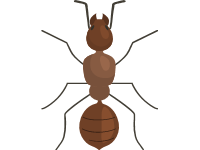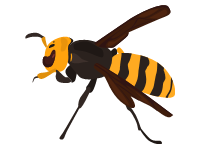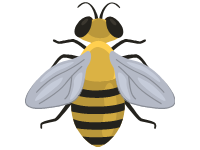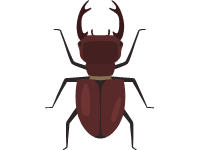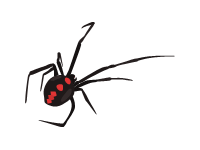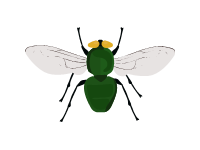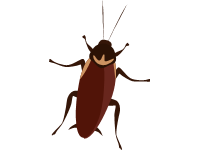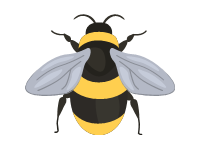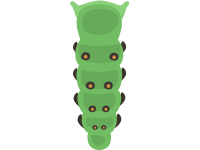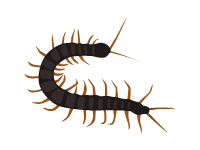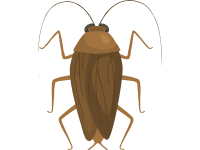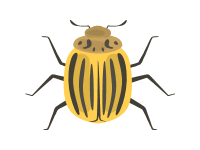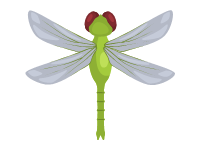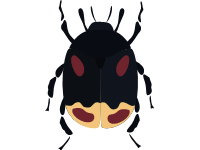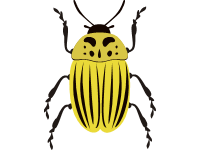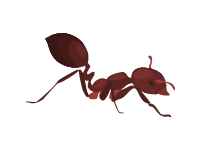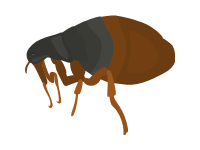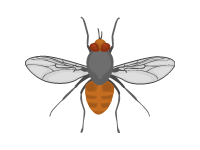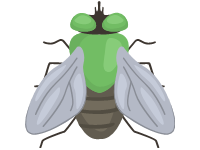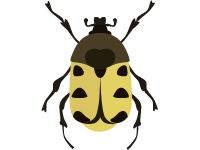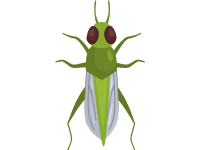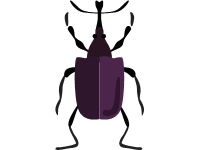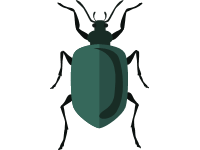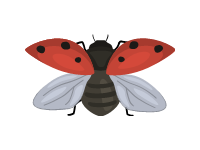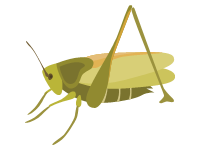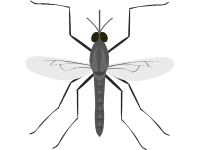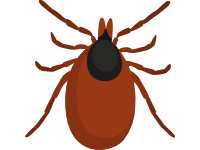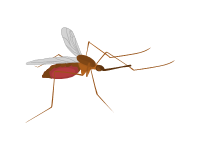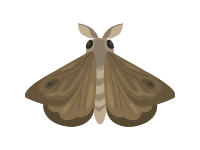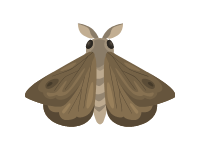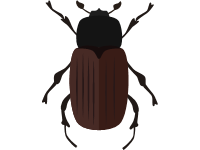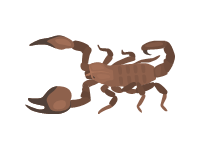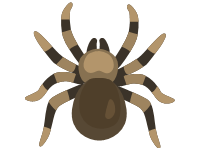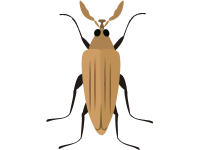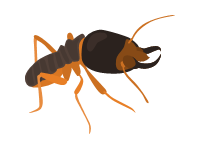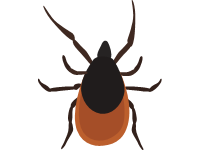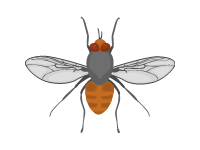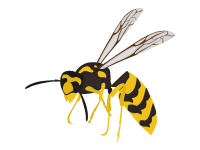Coccinellidaeis a widespread family of small beetles ranging in size from 0.8 to 18 mm (0.03 to 0.71 inches).The family is commonly known as ladybugs in North America and ladybirds in Britain and other parts of the English-speaking world. Entomologists prefer the names ladybird beetles or lady beetles as these insects are not classified as true bugs.Coccinellids are often conspicuously coloured yellow, orange, or red with small black spots on their wing covers, with black legs, heads and antennae. There is, however, great variation in these colour patterns. For example, a minority of species, such as Vibidia duodecimguttata, a twelve-spotted species, have whitish spots on a brown background. Coccinellids are found worldwide, with over 6,000 species described.Most coccinellids have round to elliptical, dome-shaped bodies with six short legs. Depending on the species, they can have spots, stripes, or no markings at all. Seven-spotted coccinellids are red or orange with three spots on each side and one in the middle; they have a black head with white patches on each side. As well as the usual yellow and deep red colourings, many coccinellid species are mostly, or entirely, black, dark grey, gray, or brown, and may be difficult for non-entomologists to recognise as coccinellids at all. Conversely, non-entomologists might easily mistake many other small beetles for coccinellids. For example, the tortoise beetles, like the ladybird beetles, look similar because they are shaped so that they can cling to a flat surface so closely that ants and many other enemies cannot grip them.Non-entomologists are prone to misidentify a wide variety of beetle species in other families as 'ladybirds', i.e. coccinellids. Beetles are particularly prone to such misidentification if they are spotted in red, orange or yellow and black. Examples include the much larger scarabaeid grapevine beetles and spotted species of the Chrysomelidae, Melyridae and others. Conversely, laymen may fail to identify unmarked species of Coccinellidae as 'ladybirds'. Other beetles that have a defensive hemispherical shape, like that of the Coccinellidae (for example the Cassidinae), also are often taken for ladybirds.
A common error, totally unfounded, is that the number of spots on the insect's back indicates its age. In fact, the underlying pattern and colouration are determined by the species and genetics of the beetle, and develop as the insect matures. In some species its appearance is fixed by the time it emerges from its pupa, though in most it may take some days for the colour of the adult beetle to mature and stabilise. Generally, the mature colour tends to be fuller and darker than the colour of the callow.
